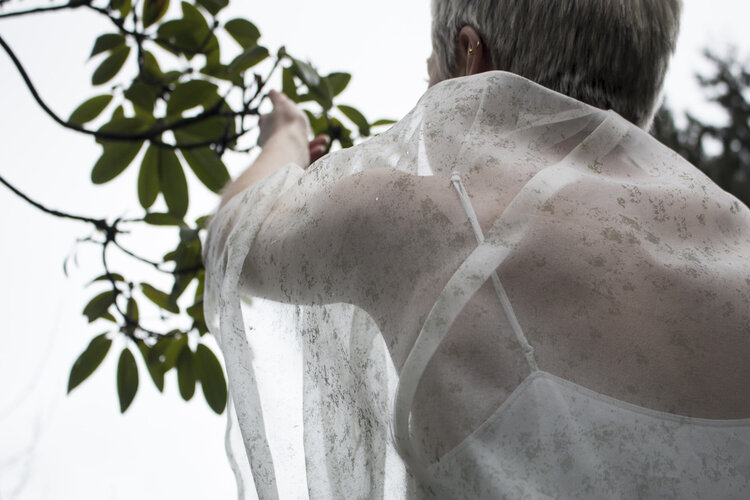Living Textiles Breathing New Life into Sustainable Fashion: FabricThat Sequester CO2 and Release Oxygen.
Fast fashion trends have led to a staggering 60% increase in the number of garments individuals own, while concurrently reducing the average number of times an item is worn by 36%. This throwaway culture has severe environmental repercussions. Every five minutes, approximately one ton of textiles is discarded into landfills, culminating in 16 million tons per year, with less than 15% being recycled. Furthermore, the laundering of synthetic garments contributes to the release of over 500,000 tons of microfibers into our oceans annually. Additionally, the fashion industry faces a challenge of scale; as a growing global population demands more clothing. How can we cloth ourselves with out damaging the air we breath and the water we need to survive?
It's estimated that 83% of the world's water sources are now contaminated with synthetic fibers, affecting not just human health, but also infiltrating the food chain and the bodies of a multitude of living organisms. Additionally, the fashion industry is a substantial carbon footprint contributor, consuming 26% of our carbon dioxide budget as international efforts intensify to curtail global warming to a 2-degree increase.
In the midst of this environmental crisis, what if our clothing could contribute to the solution by actively sequestering CO2 and releasing oxygen? This is the question at the heart of Biogarmentry, a pioneering approach merging nature, science, and design. Biogarmentry utilizes the principles of synthetic biology, material science, and innovative design to explore future possibilities for the fashion industry.
Biogarmenty is a groundbreaking biotextile that actively participates in photosynthesis, removing harmful toxins from our air. Developed through a partnership between the AFML Lab and the Botany Lab at The University of British Columbia, this textile is more than just a fabric; it is a living, breathing entity. The cellular respiration within the biotextile converts carbon dioxide into oxygen. Being 100% natural and fully compostable, the health and growth of this living textile depend on the care it receives from its user, prompting a paradigm shift in our relationship with clothing.
Biogarmentry seeks to implement profound, holistic change—not just by creating a new material, but by transforming our values, goals, and collective behaviors regarding consumption. It champions ecological values capable of reducing waste and carbon emissions. The life cycle of this photosynthetic textile is intrinsically linked to the care it receives. Therefore, garment care re-emerges as an integral system component, encouraging users to adopt practices that ensure their living textile thrives.
